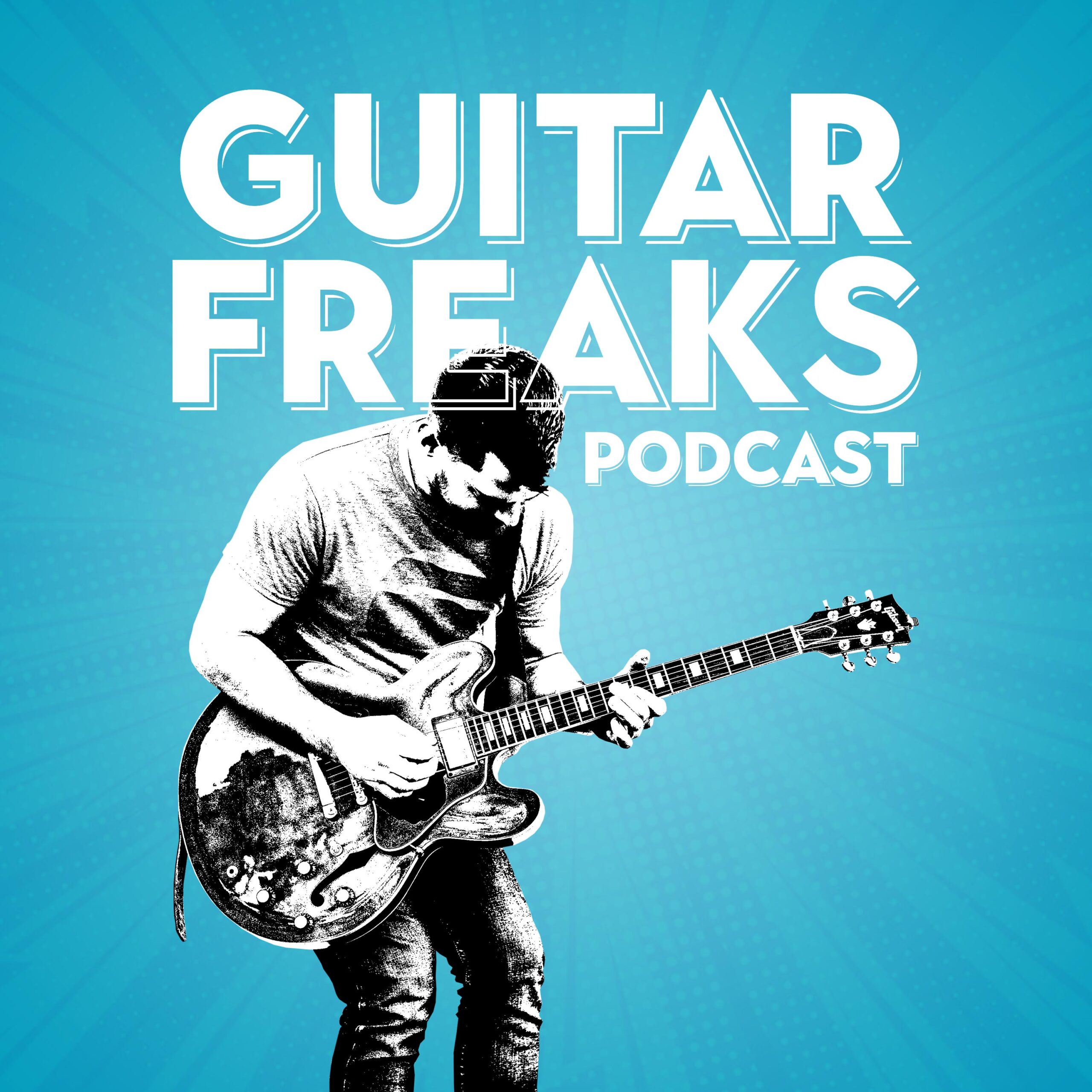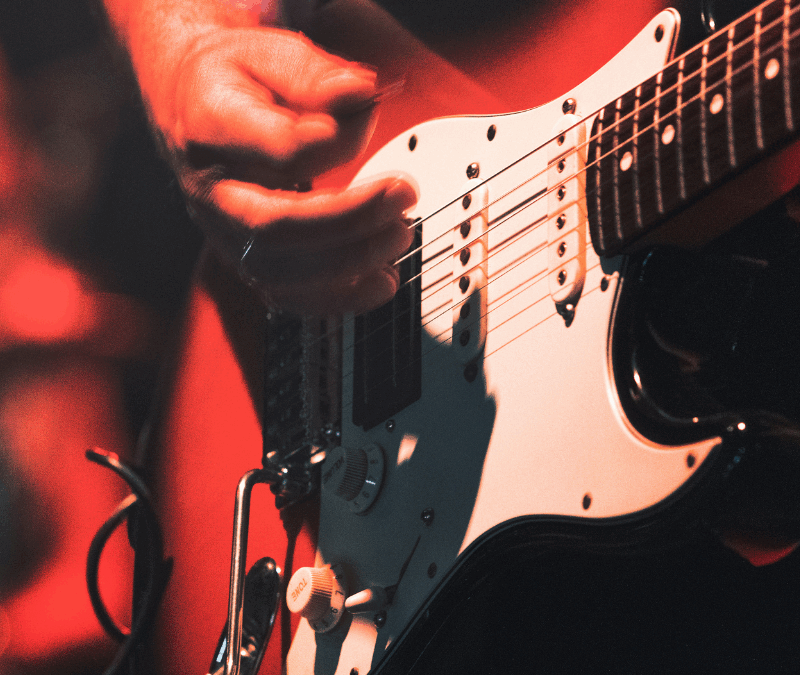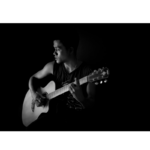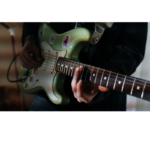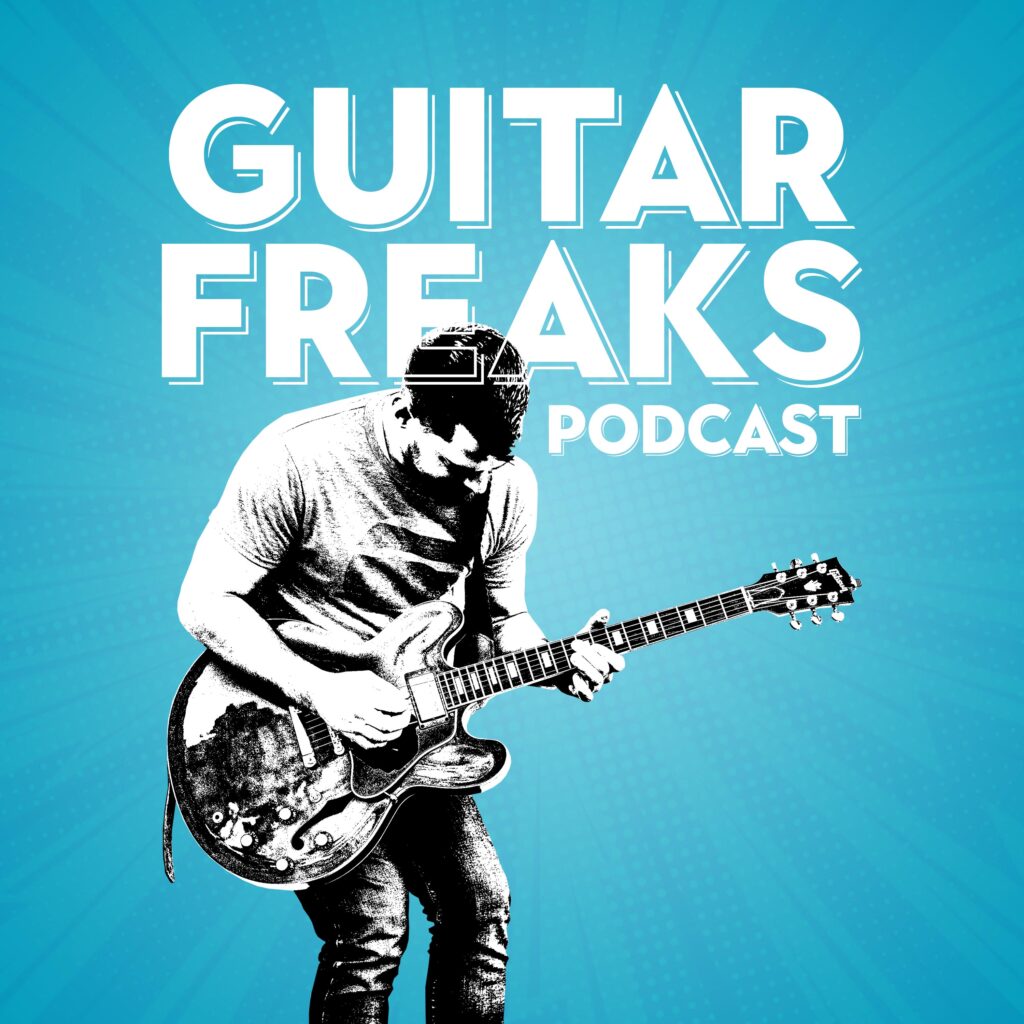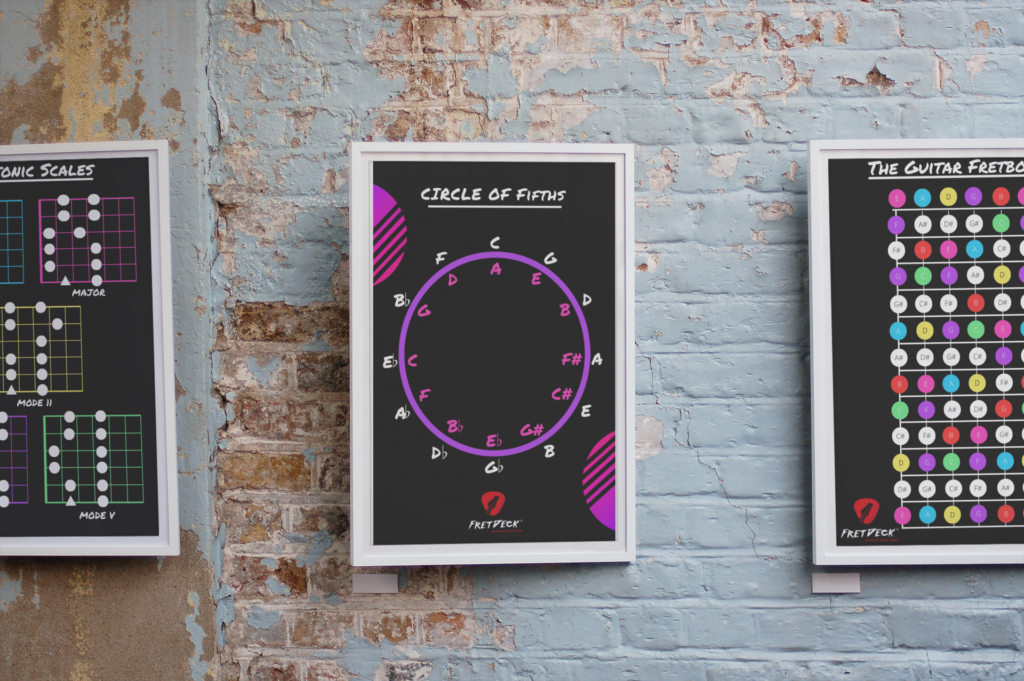Not all Blues Guitar solo are created equal.
Some dazzle. Some burn.
But the best ones? They speak.
And nowhere is this truer than in the blues.
If you’re here to learn how to play a better blues guitar solo, not just in terms of speed or precision—but in soul, story, and intent—then keep reading.
Because in this post, I’m not going to hand you a dozen licks to memorize and forget. I’m going to walk you through how to craft a blues solo that says something—something true, something emotional, something you.
I’ll also show you how to use the FretDeck system to navigate the fretboard visually, and how to join our growing community of blues players in the Guitar Freaks Discord. Both links are at the end.
But for now… let’s talk about the blues.
🌀 What Makes a Great Blues Guitar Solo?
The blues isn’t about fireworks. It’s about feel.
It’s not what you play—it’s why you play it.
Think about B.B. King. The guy could bend a note and hold it for three beats… and it would say more than a flurry of sixteenth notes ever could.
So what makes a solo work?

❌ Stop Guessing. Start Shredding.
If you’re still fumbling through scale patterns and box shapes… it’s costing you progress.
FretDeck™ is the no-fluff system that shows you exactly how to master the fretboard—fast. Early access.
⚡️ This isn’t for dabblers. It’s for players who want results.
👉 Click here to join the pre-launch now
Early access. Limited rewards. Don’t wait.
🎯 1. It Tells a Story
A great blues guitar solo has a beginning, middle, and end. You don’t have to plot it out, but you should be aware of how tension and resolution work—just like a conversation or a great novel.
🌊 2. It Breathes
The notes need space. Don’t be afraid to leave air between phrases. In blues, silence can be just as loud as sound.
❤️ 3. It Comes from Emotion
Pain. Joy. Frustration. Hope. A good solo expresses something real.
The goal isn’t to show off. It’s to connect.
🎸 The Building Blocks of a Blues Solo
So how do we build a solo that has all of that?
Let’s break it into five parts.
🪜 1. Choose Your Scale (and Stick with It for a Bit)
Most blues solos are built off the minor pentatonic scale or the blues scale (which adds a flat 5, aka the “blue note”).
For example, in A minor pentatonic:
e|----------------5--8
B|-------------5--8---
G|--------5--7--------
D|-----5--7-----------
A|--5--7--------------
E|5--8----------------
And here’s the A blues scale with the added flat 5:
e|----------------5--8
B|-------------5--8---
G|--------5--7--8-----
D|-----5--7-----------
A|--5--6--7------------
E|5--8----------------
This is your language. Start here. But don’t stay here forever.
🌉 2. Understand the Chords Underneath
If you’re soloing over a 12-bar blues in A, your chords are:
A7 | D7 | A7 | A7
D7 | D7 | A7 | A7
E7 | D7 | A7 | E7
Each of these chords gives you different note choices—especially the chord tones (root, 3rd, 5th, 7th).
When you land a lick on the 3rd of the chord, it locks in. It sounds intentional. It sounds like you know what you’re doing.
🎸 Want help visualizing these notes on the fretboard?
That’s exactly what FretDeck is built for—seeing the fretboard clearly, in every key.
👉 Click here to join the Kickstarter »
🎶 3. Build a Motif, Then Develop It
Start with a small phrase—maybe 3 or 4 notes. Something singable.
Then, repeat it. Change the rhythm. Move it up a string. Add a bend. Leave space.
This is what phrasing is. It’s not just “what lick next?” It’s theme and variation.
It’s how Eric Clapton built his solos in Crossroads. How Gary Clark Jr. crafts tension in Bright Lights. How Susan Tedeschi makes every line feel earned.
🎢 4. Use Dynamics to Shape Emotion
This might be the most overlooked skill in soloing.
Play your first few phrases softly. Then increase your volume or attack as the solo builds.
Try this:
Start your solo with your volume knob at 6.
Gradually roll it up to 10 as you build.
It’s like cinematic lighting for your tone.
⌛ 5. End with Clarity
Most players fade out, unsure of when or how to stop.
Try this instead:
- Restate your opening phrase.
- End on a root or 5th of the key.
- Use vibrato to linger on the final note.
Leave the listener with a sense of closure.
🧠 Blues Solo Practice Prompts
Let’s make this practical. Here are 5 creative prompts to craft your own blues guitar solo.
✏️ Prompt #1: One String Only
Solo using just the B string. No other strings. This forces you to focus on bends, phrasing, and emotion.
✏️ Prompt #2: Chord Tone Landings
Record a 12-bar backing track in A. Solo with the A minor pentatonic scale—but aim to land on the 3rd or 7th of each chord as it changes.
✏️ Prompt #3: Play, Then Sing It Back
Solo for 4 bars. Then stop and sing what you just played. This helps develop musical phrasing, not just finger movement.
✏️ Prompt #4: Copy a Vocal Line
Take a vocal melody from a blues tune you love. Play it on guitar, and then riff off it. This connects your solo to the song, not just the changes.
✏️ Prompt #5: Three Note Limit
Write a solo using only three notes. Seriously. You’ll learn how to squeeze emotion from every bend, slide, and silence.
How FretDeck Helps You Craft Smarter Solos
Here’s where most players struggle:
They learn box patterns, but not how to move between them.
They know scale shapes, but not how to apply them musically.
They feel stuck in Pattern 1—lost beyond the 5th fret.
That’s where FretDeck changes everything.
We created a visual, modular, creative system that teaches you:
✅ The 5 pentatonic patterns (in every key)
✅ How to spot root notes and chord tones
✅ How to connect patterns across the fretboard
✅ How to build solos using real musical ideas
It’s all printed on giant, easy-to-read cards you can use in real practice sessions.
We’re launching it now on Kickstarter—and early supporters get bonuses and discounts.
🎸 👉 Click here to join the pre-launch »

❌ Stop Guessing. Start Shredding.
If you’re still fumbling through scale patterns and box shapes… it’s costing you progress.
FretDeck™ is the no-fluff system that shows you exactly how to master the fretboard—fast. Early access.
⚡️ This isn’t for dabblers. It’s for players who want results.
👉 Click here to join the pre-launch now
Early access. Limited rewards. Don’t wait.
🎶 Join the Guitar Freaks Hangout
If you want a place to:
- Share your solos
- Get feedback from other blues players
- Join monthly lick challenges
- Ask questions about tone, phrasing, theory
Then our Discord is where it’s at.
We’re building a creative community of guitarists who don’t just want to play faster—they want to play better.
🎸 👉 Join the Guitar Freaks Discord »
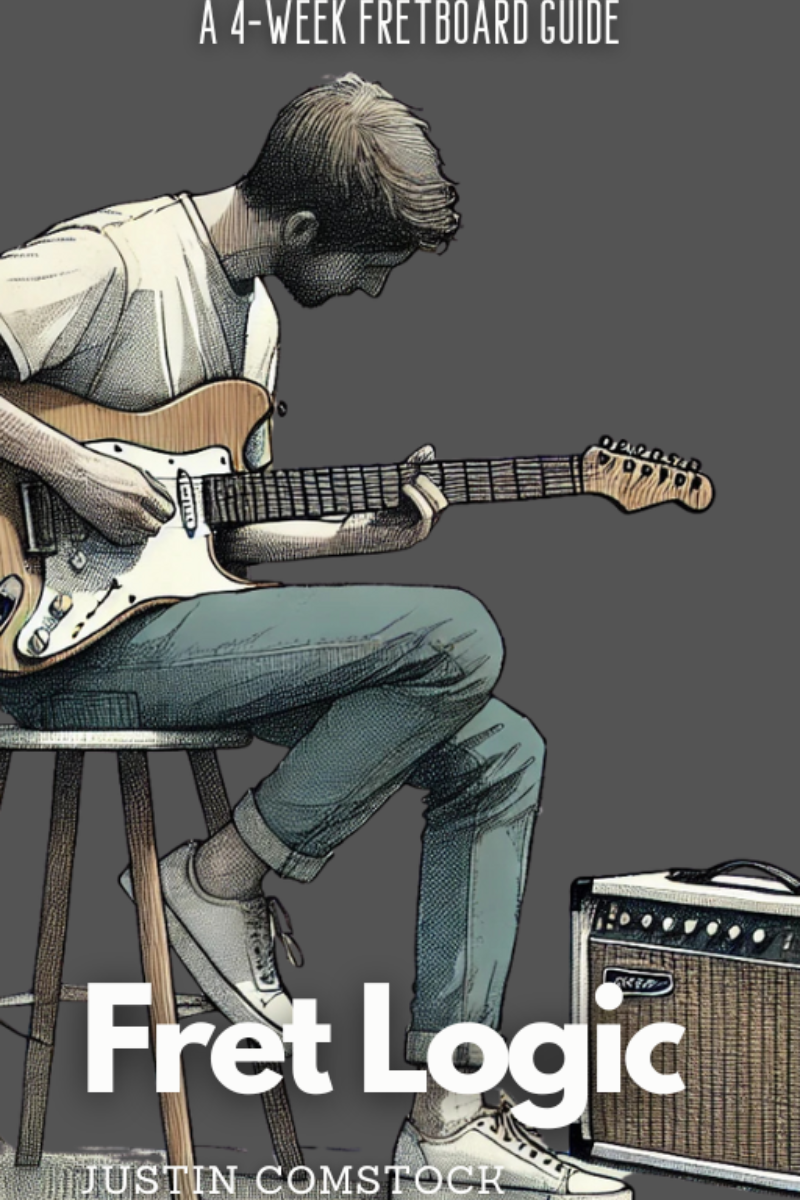
Join Guitar Freaks Hangout on Discord! 🎸
Get Fret Logic FREE!
Join the Guitar Freaks Hangout Discord and get exclusive access to my entire e-book, Fret Logic! Master the fretboard and elevate your solos with this comprehensive guide.
👉 Don’t miss out—join now and download your free copy!
🎤 Final Thoughts: What Does Your Blues Guitar Solo Say?
The blues is honest music.
It doesn’t care if you’re playing a $99 pawnshop guitar or a Custom Shop Strat.
It doesn’t care how many followers you have.
It cares whether you mean what you play.
So the next time you sit down to solo over a 12-bar…
…don’t just run the scale.
Ask yourself:
What am I trying to say?
And say it with bends, slides, silence, grit, soul.
🎸 Back the FretDeck Kickstarter here »
🎸 Join the Guitar Freaks Hangout Discord here »
👉 Read: 7 Ways to Improvise a Blues Guitar Solo
👉 Ultimate Guitar Tabs – for solo transcriptions
We’ll be here, cheering you on—one honest note at a time.
—
Justin Comstock
Guitar Freaks Blog & FretDeck
